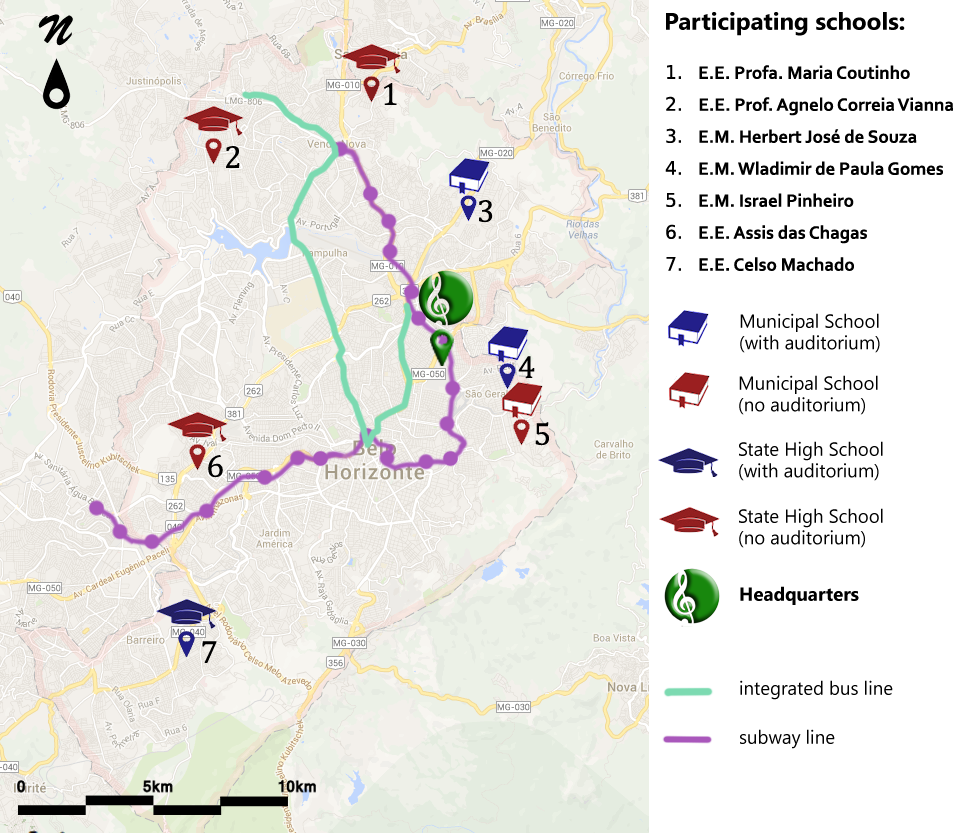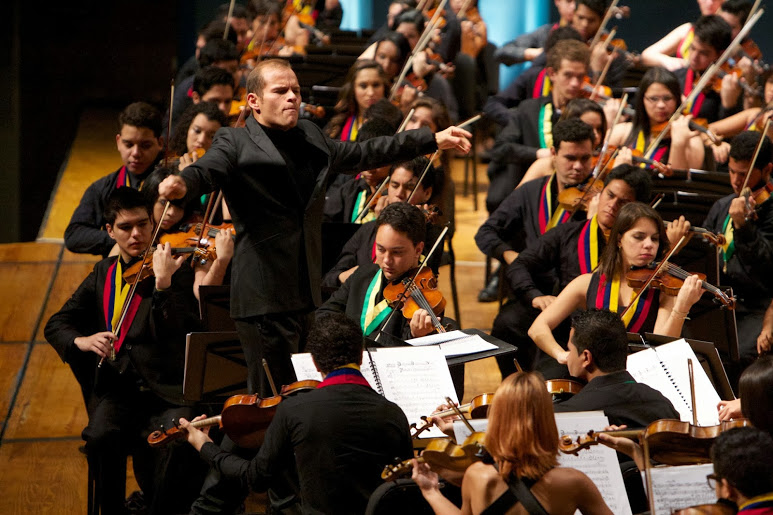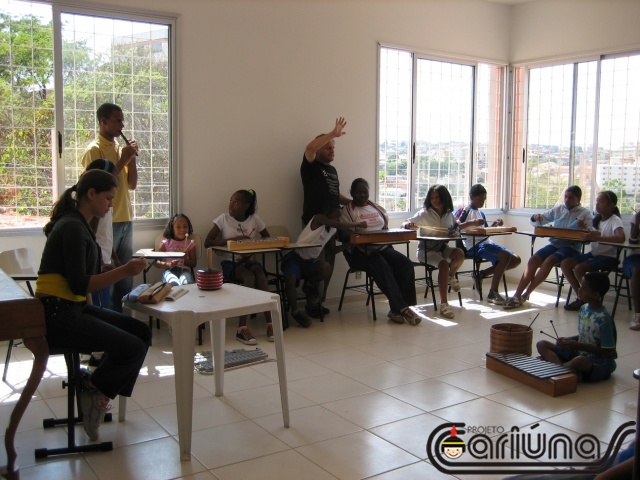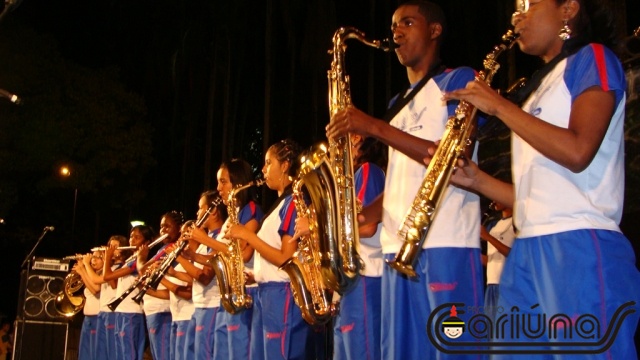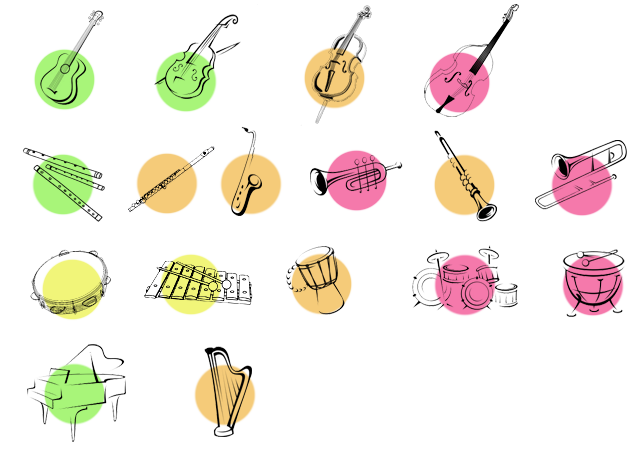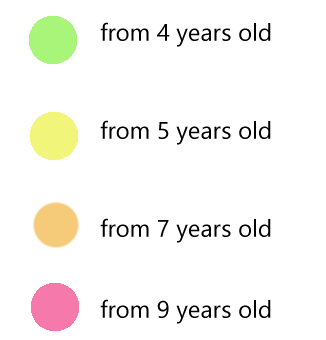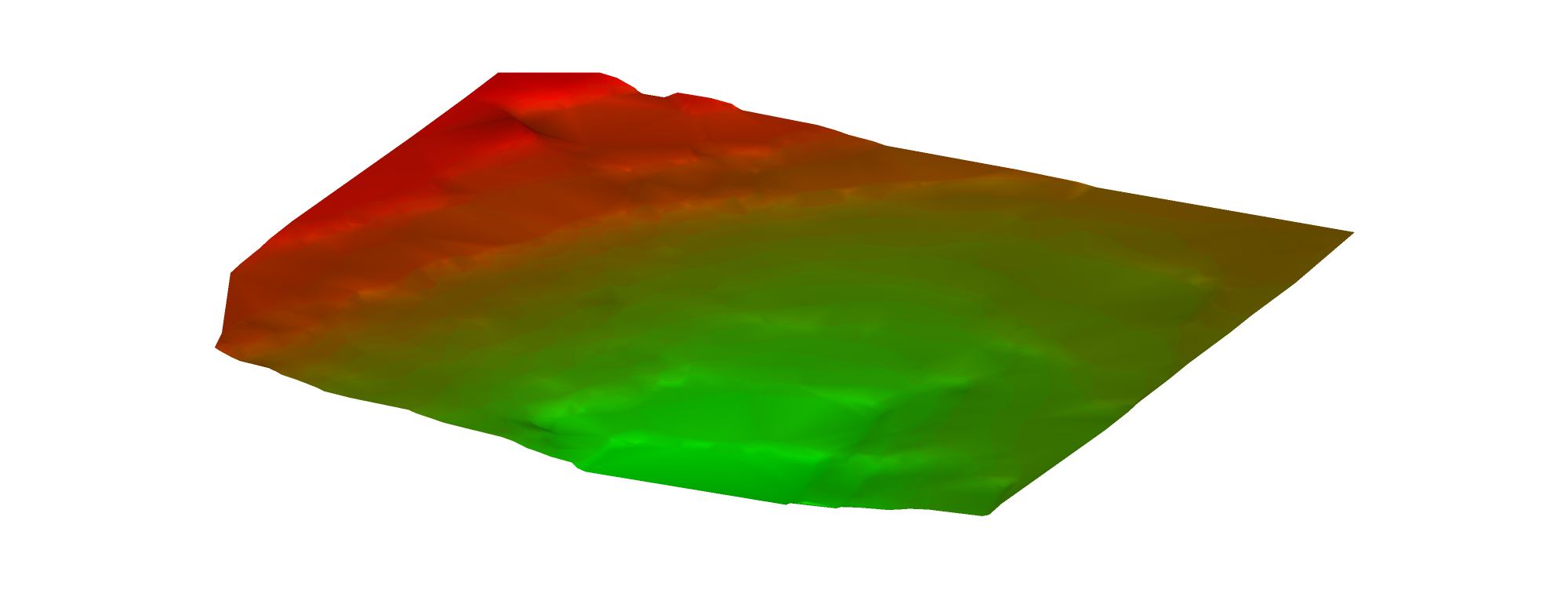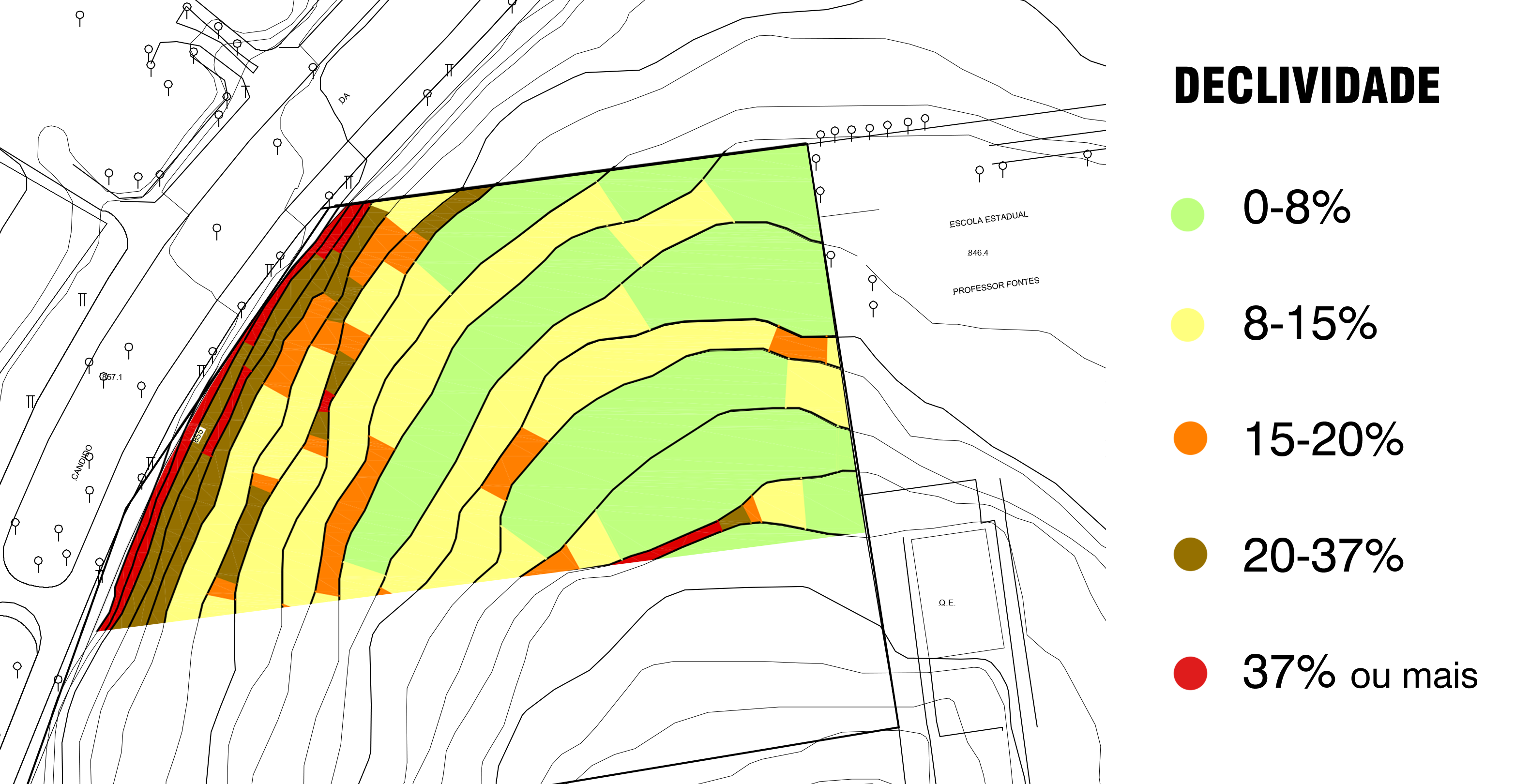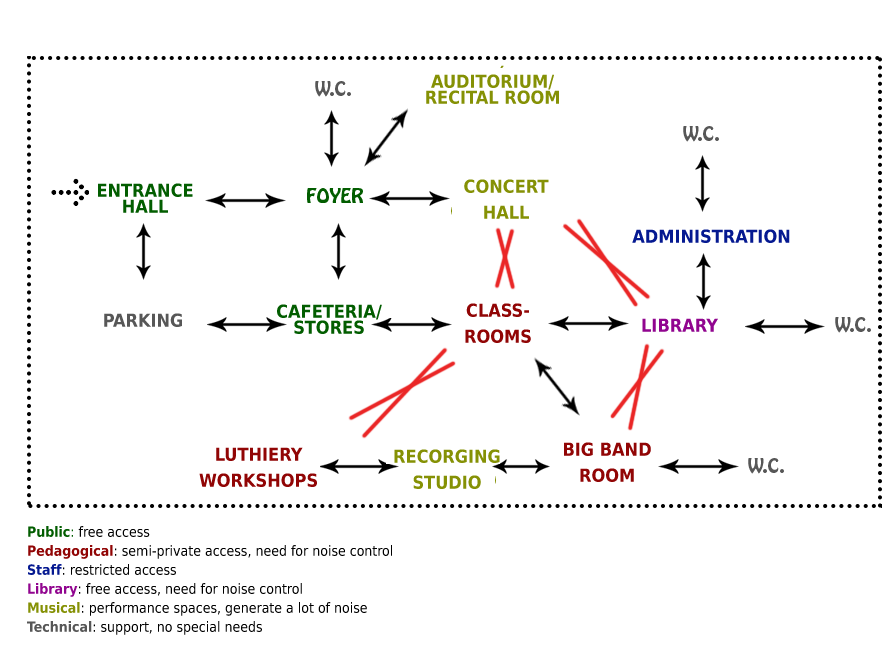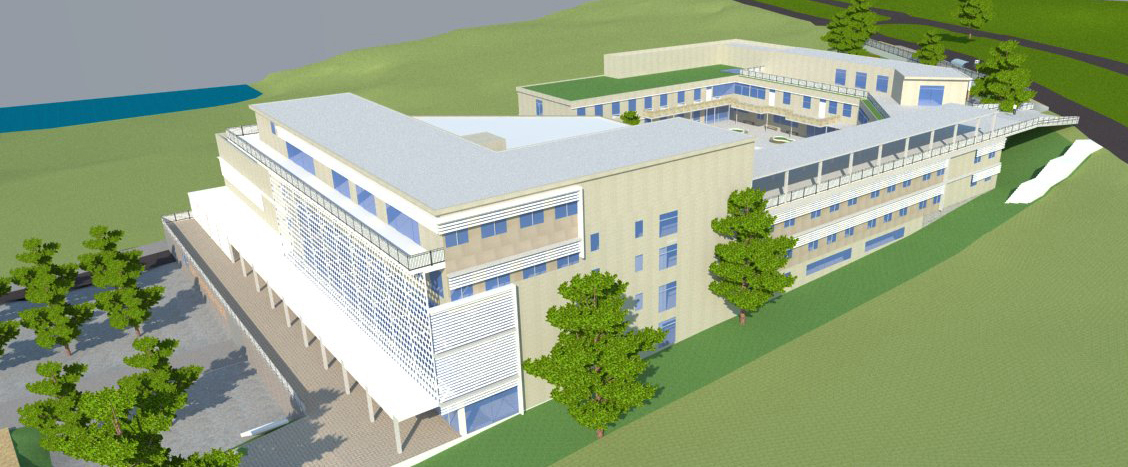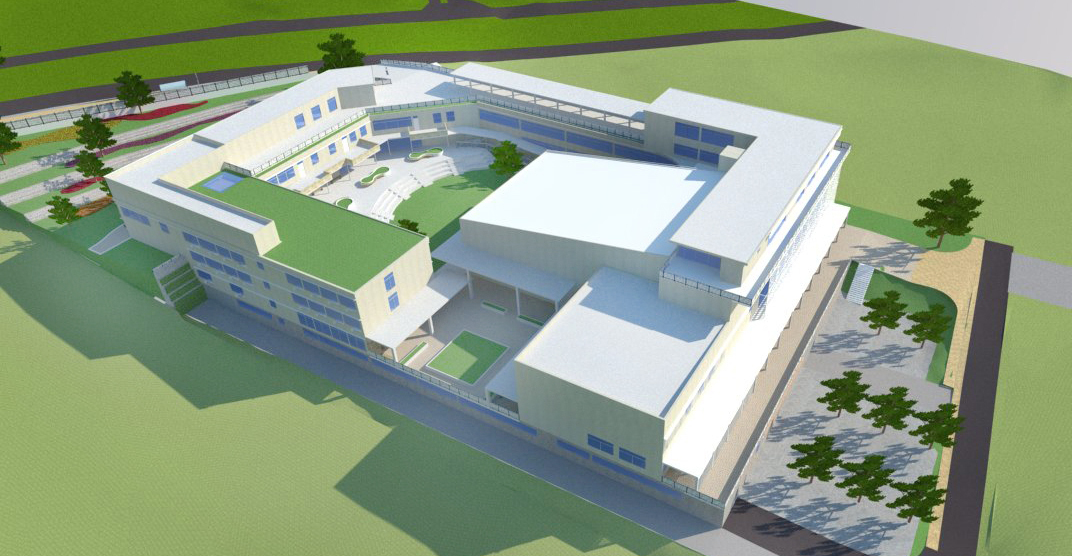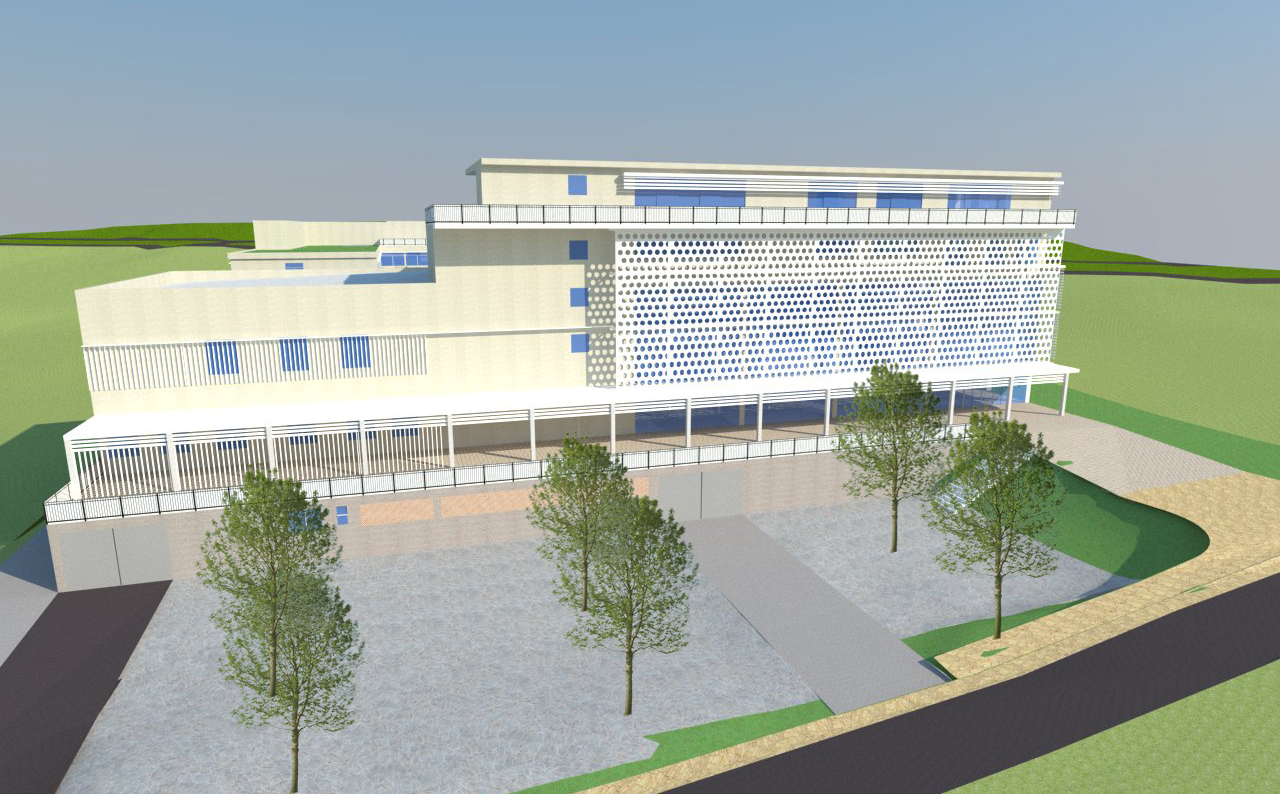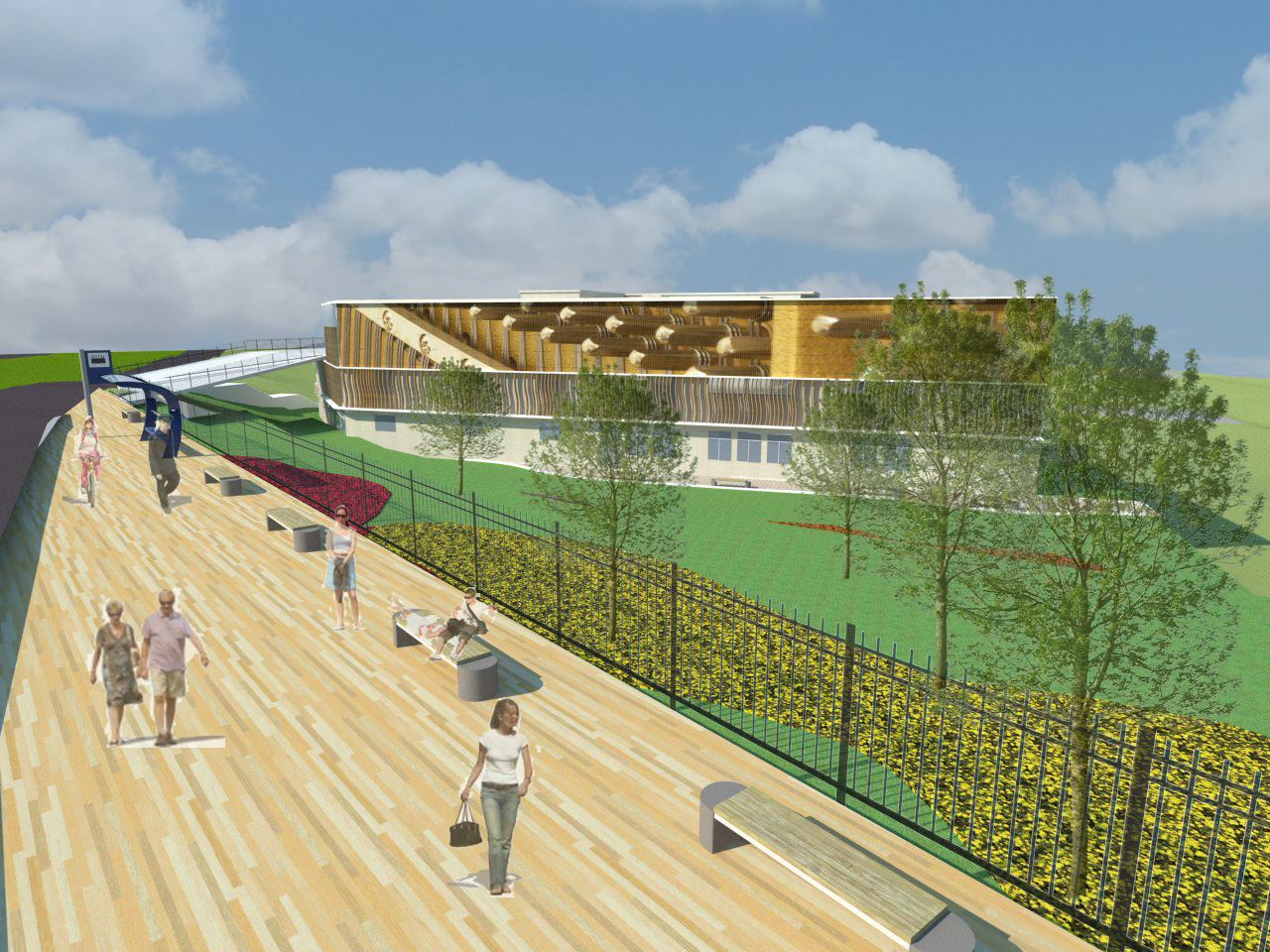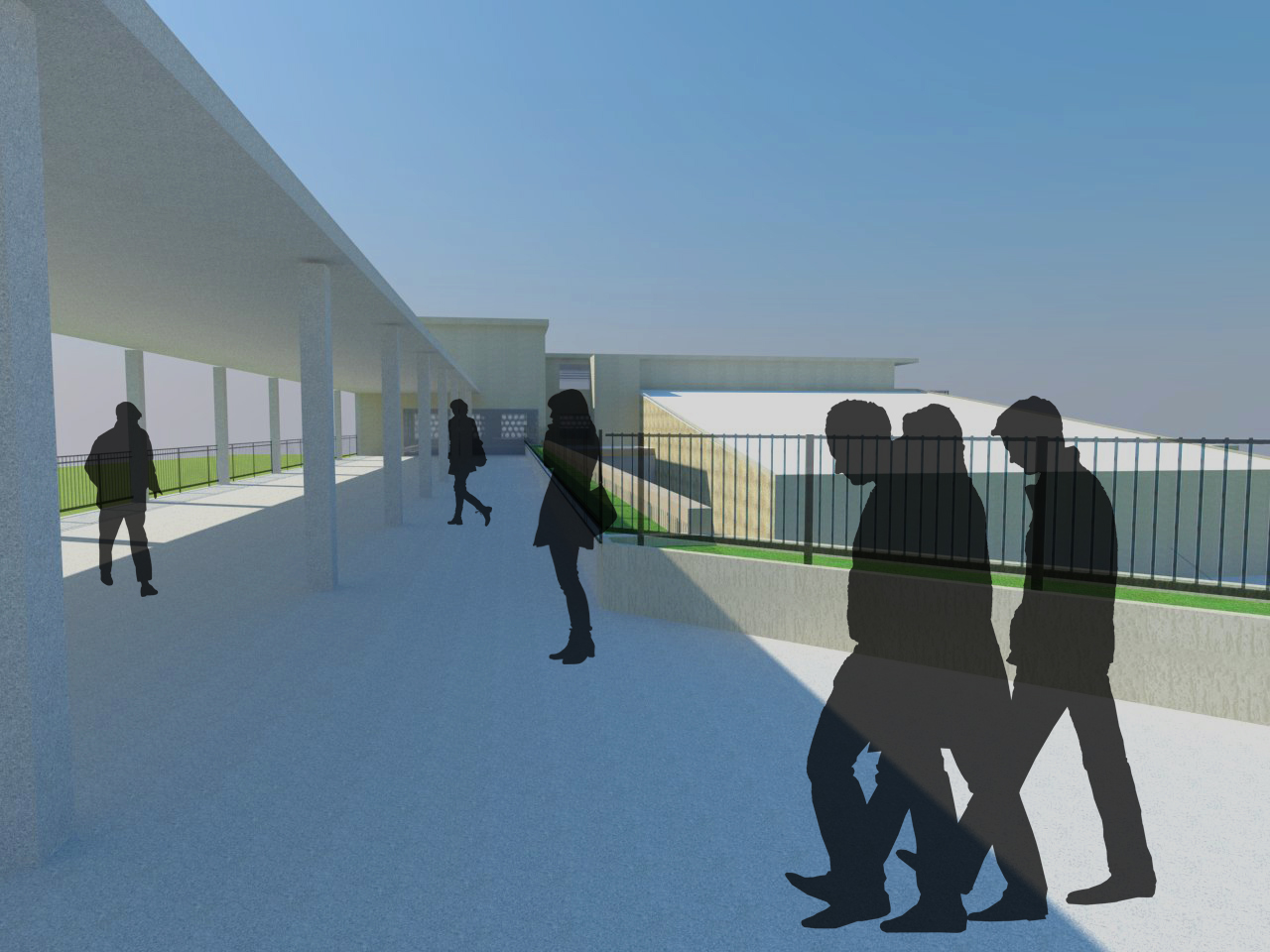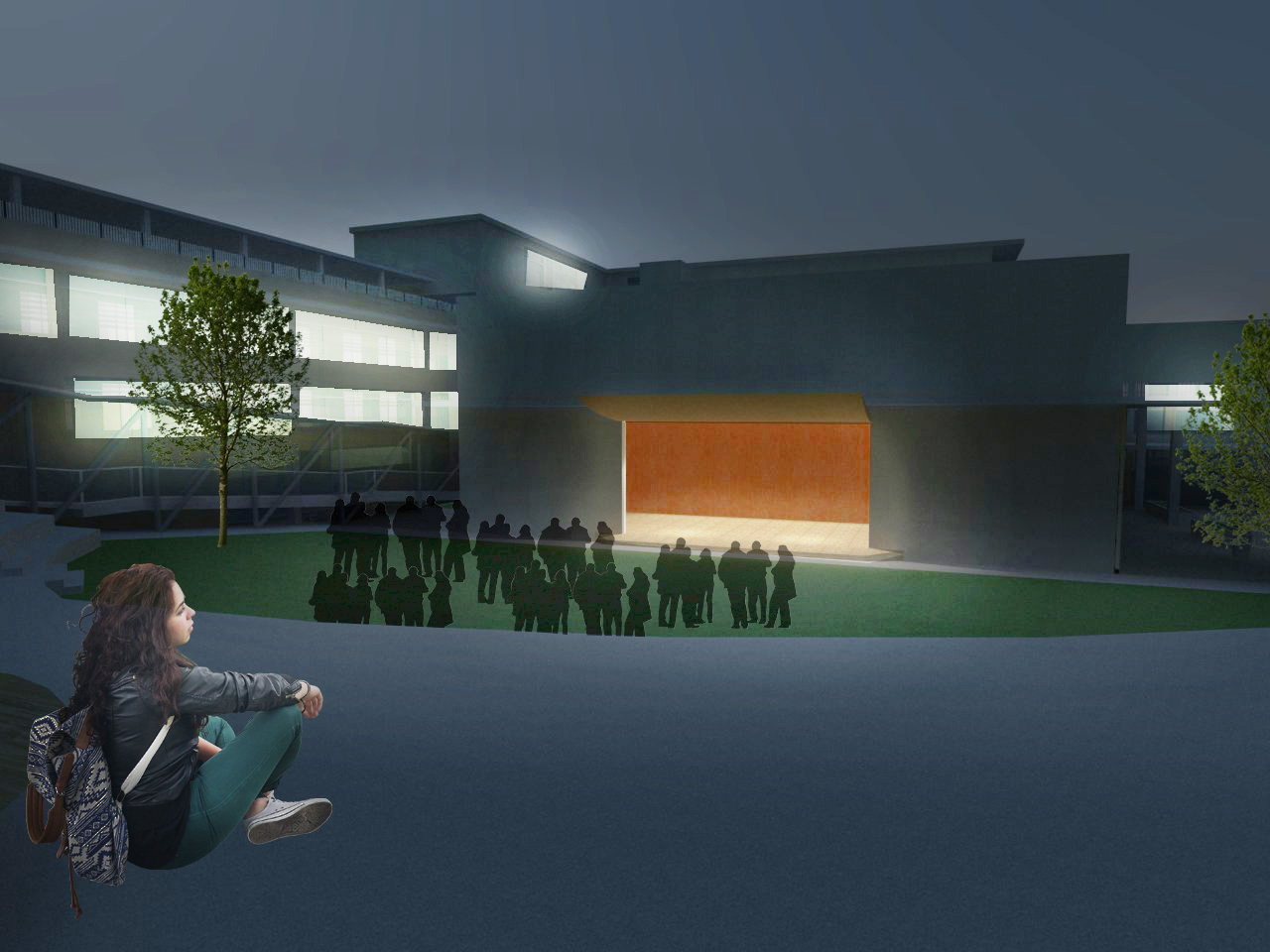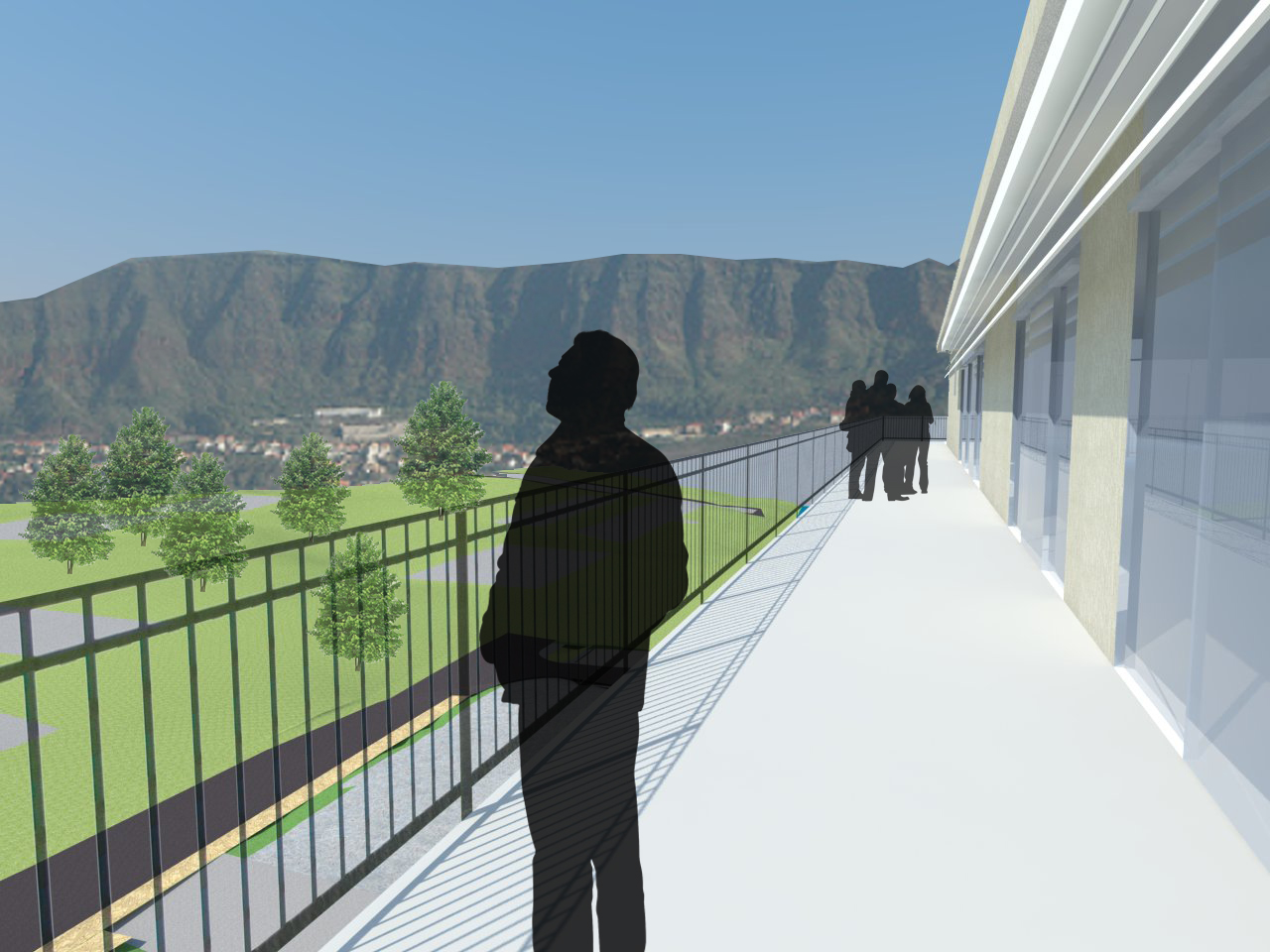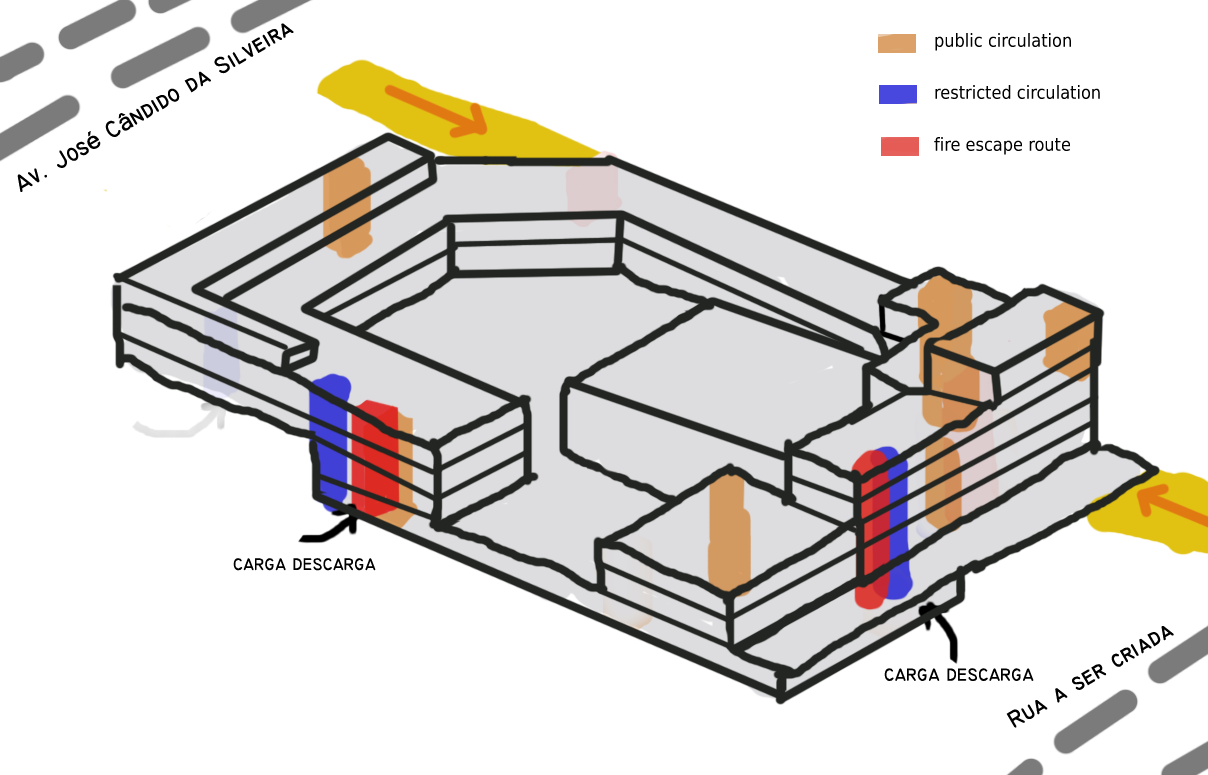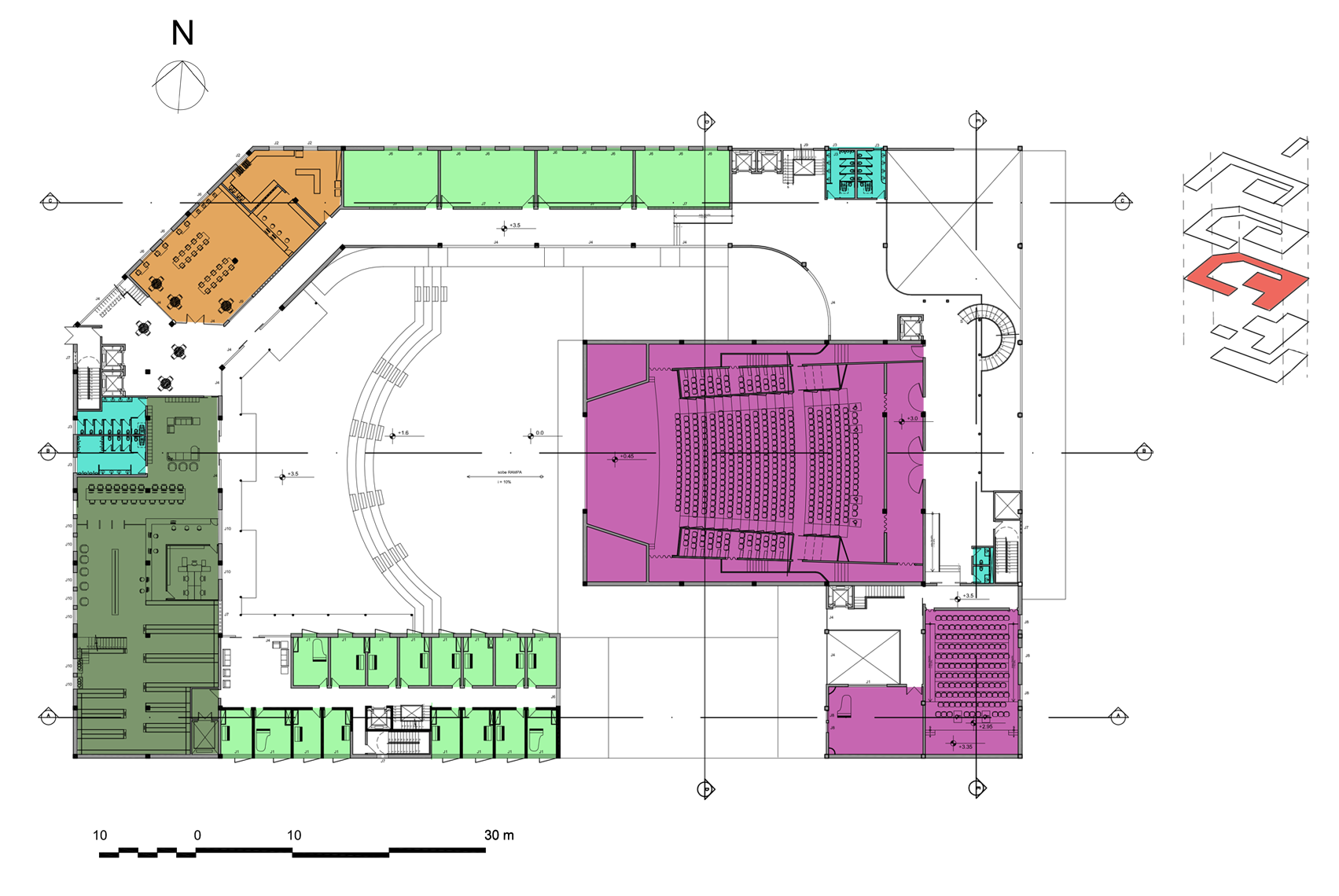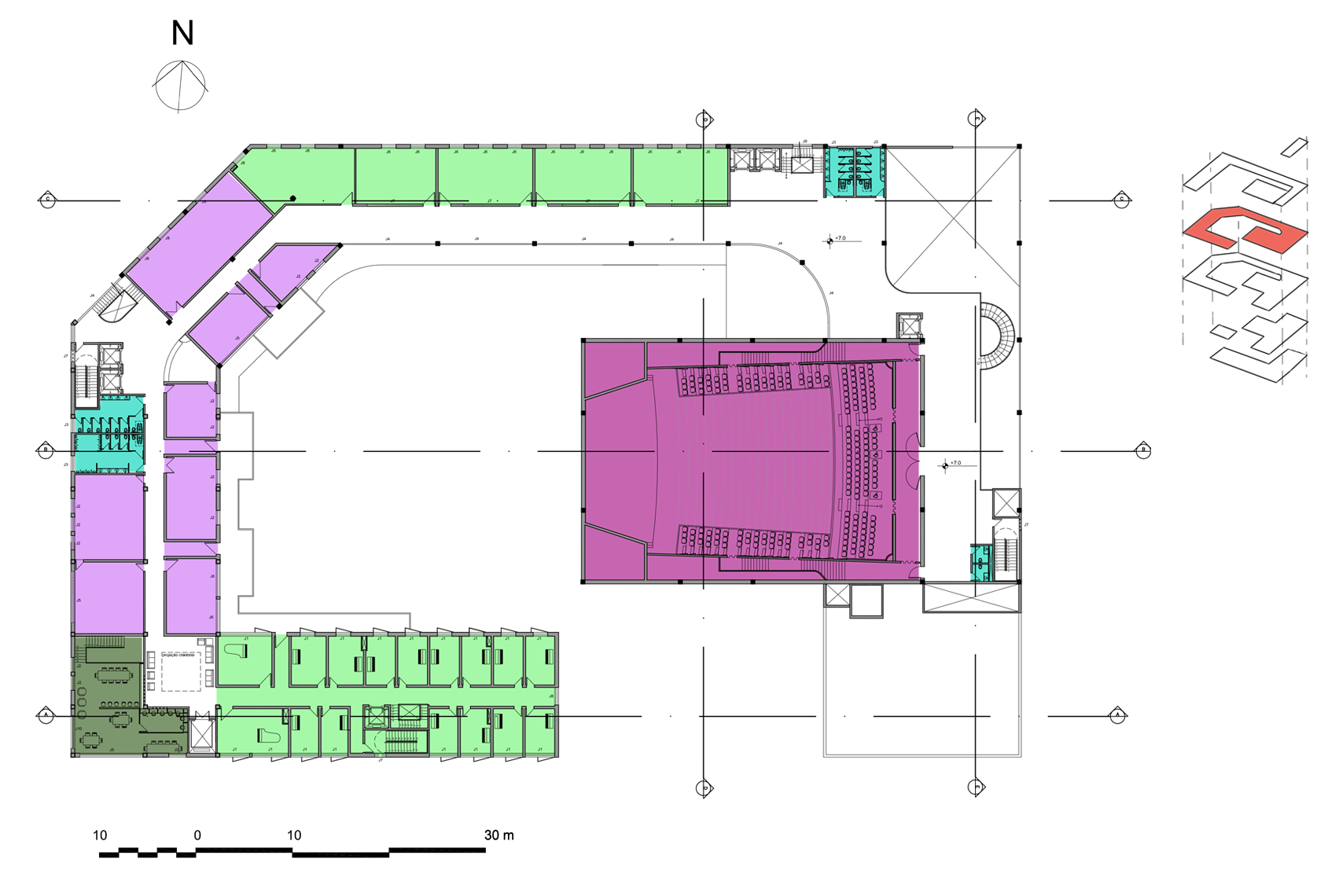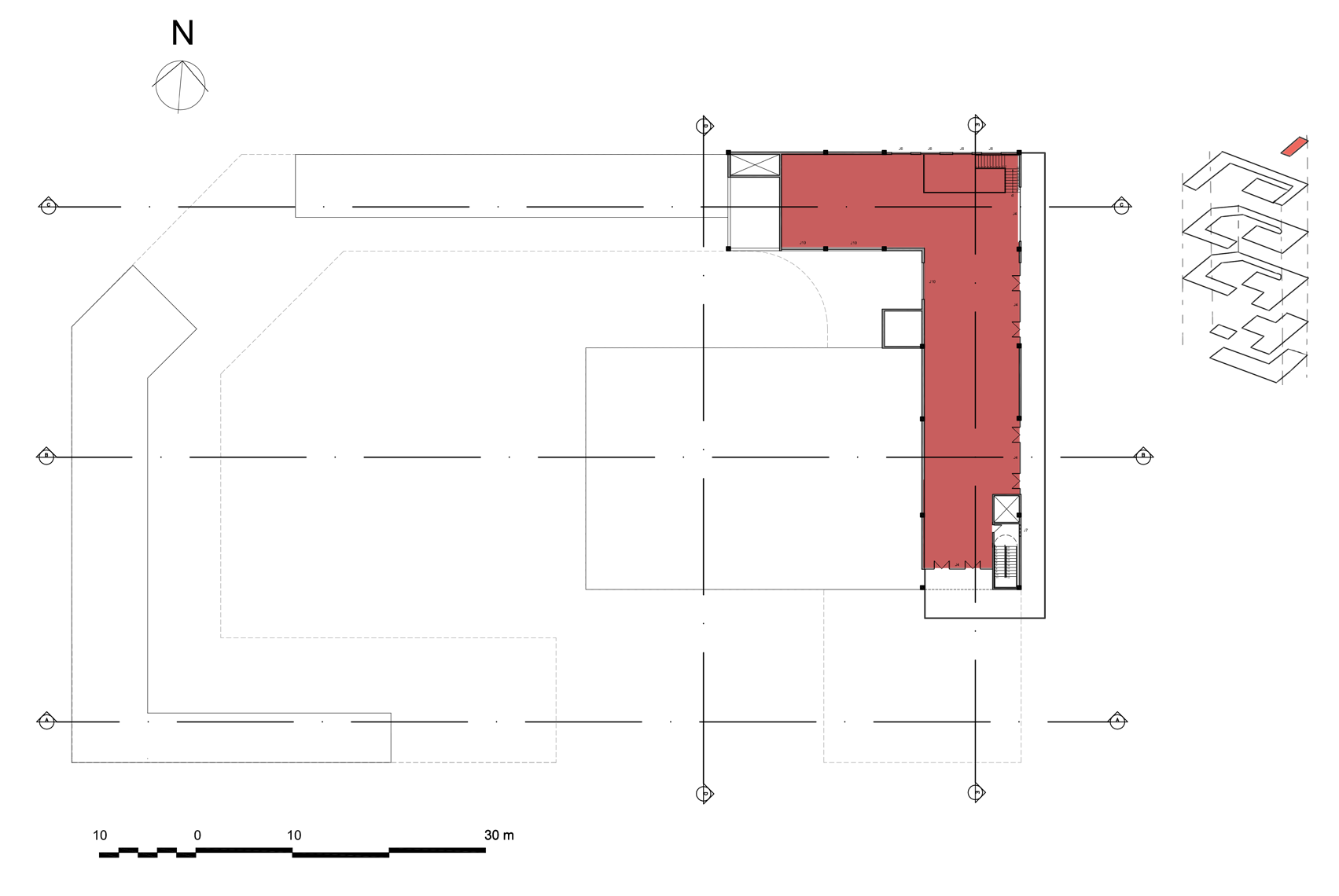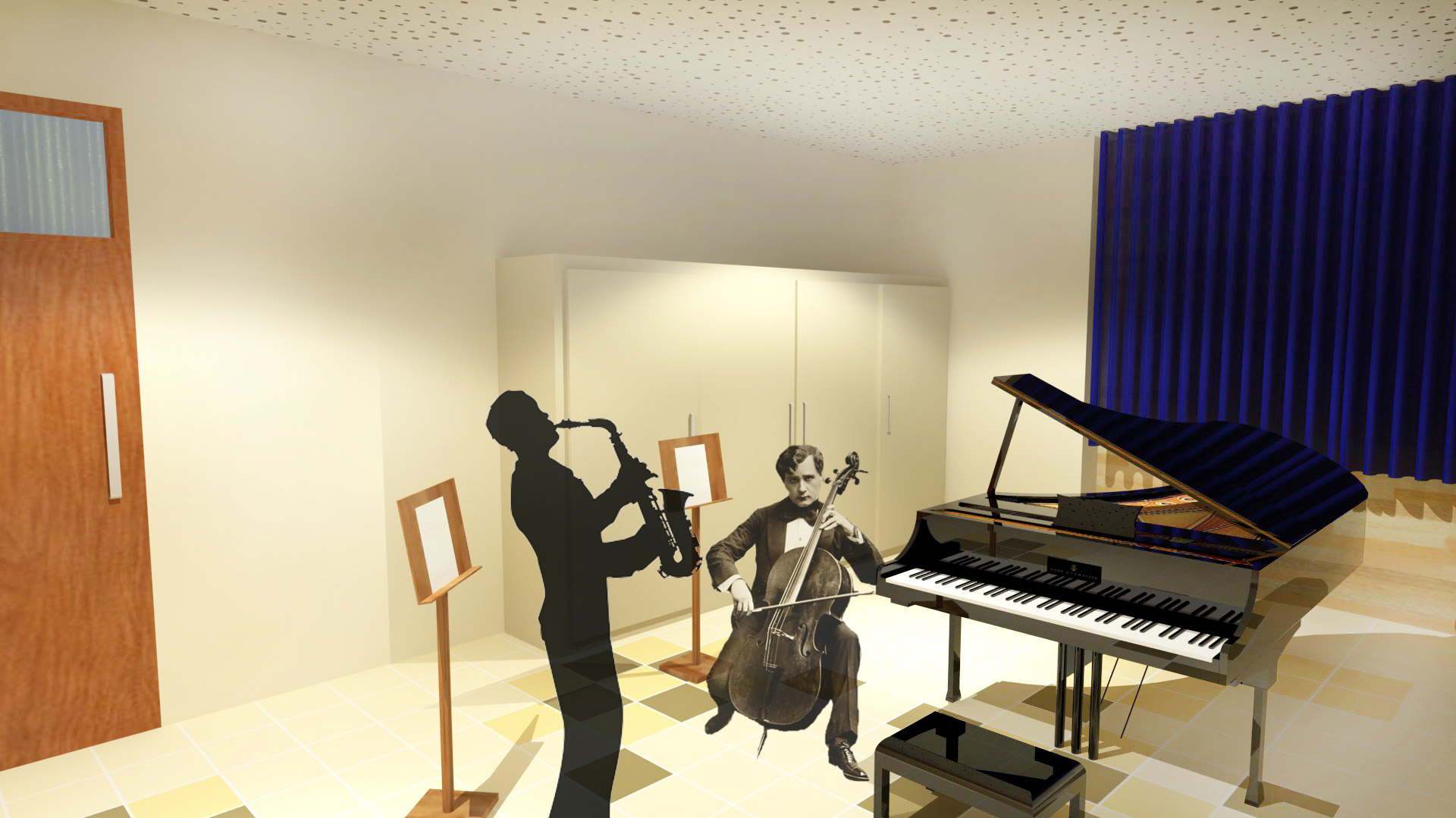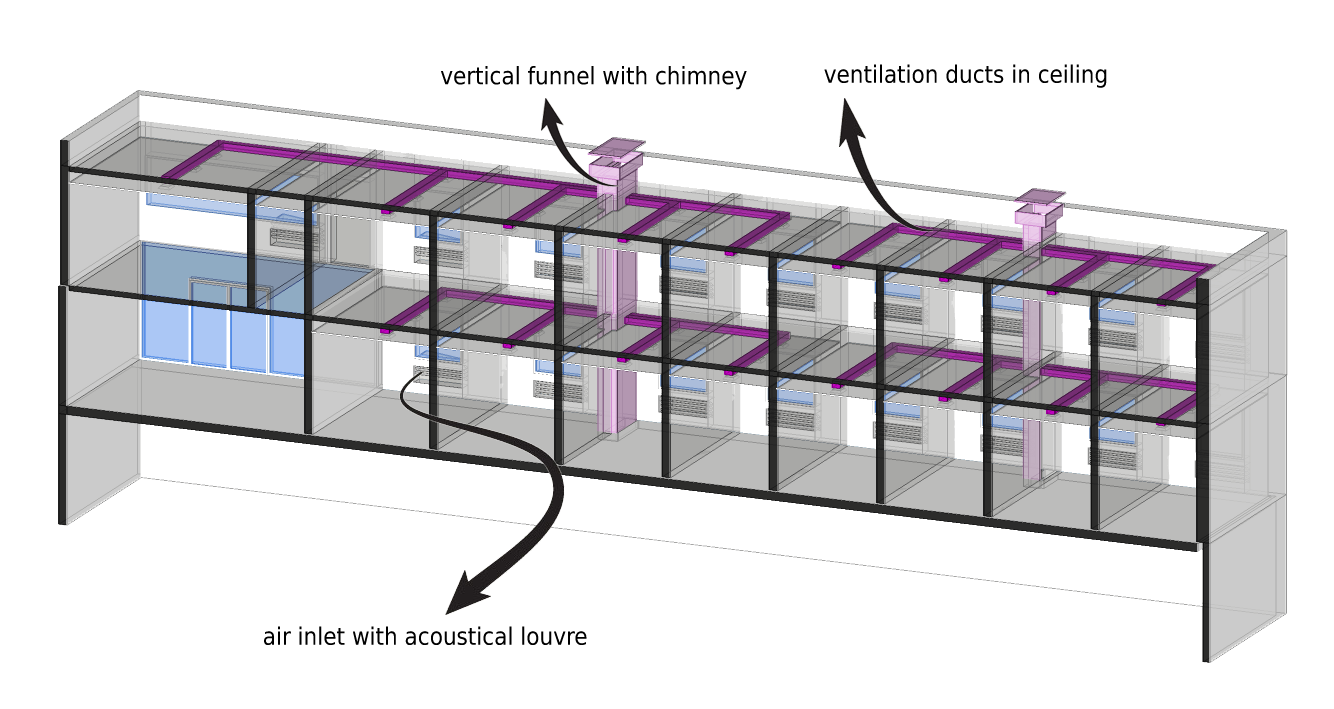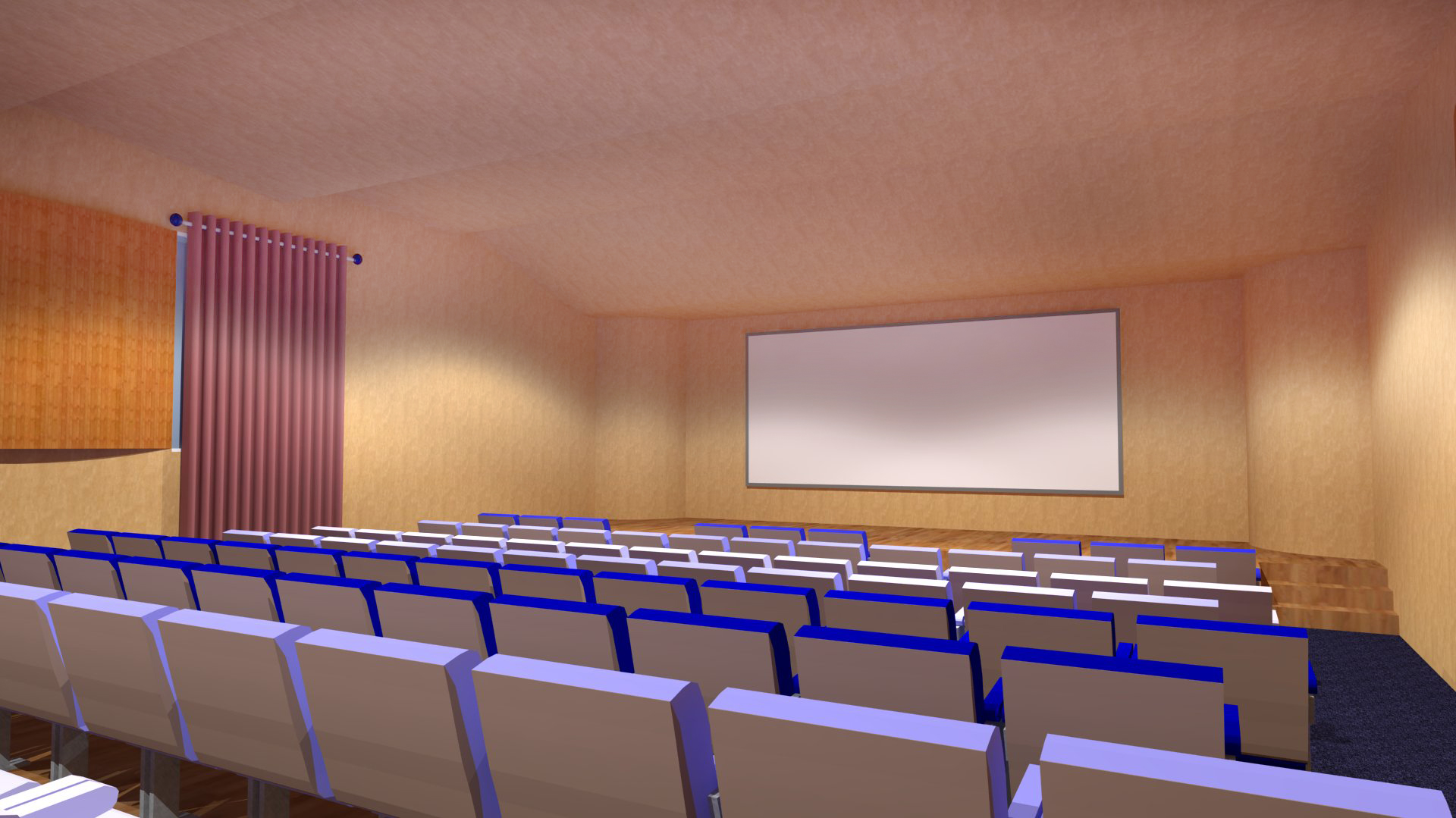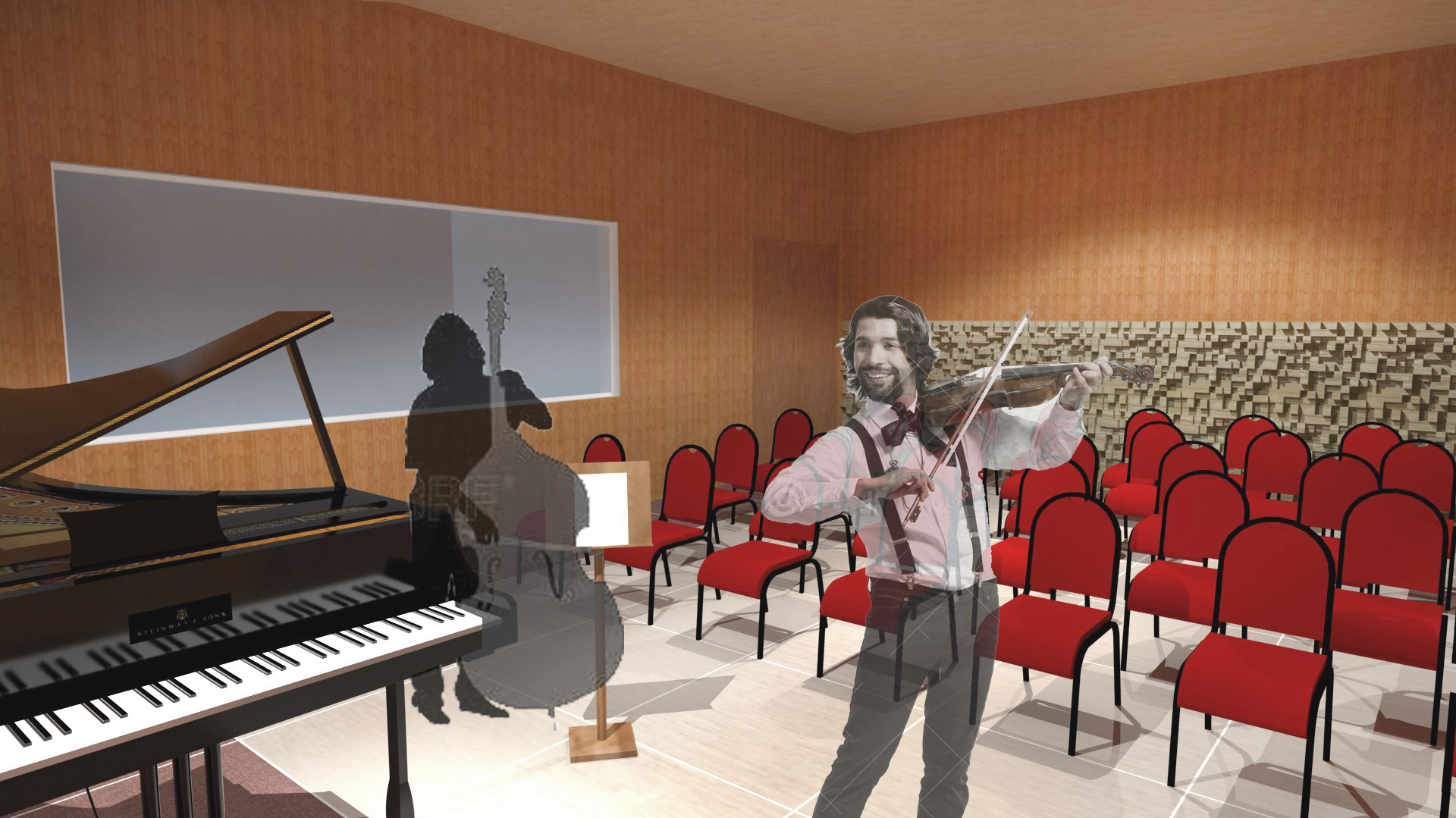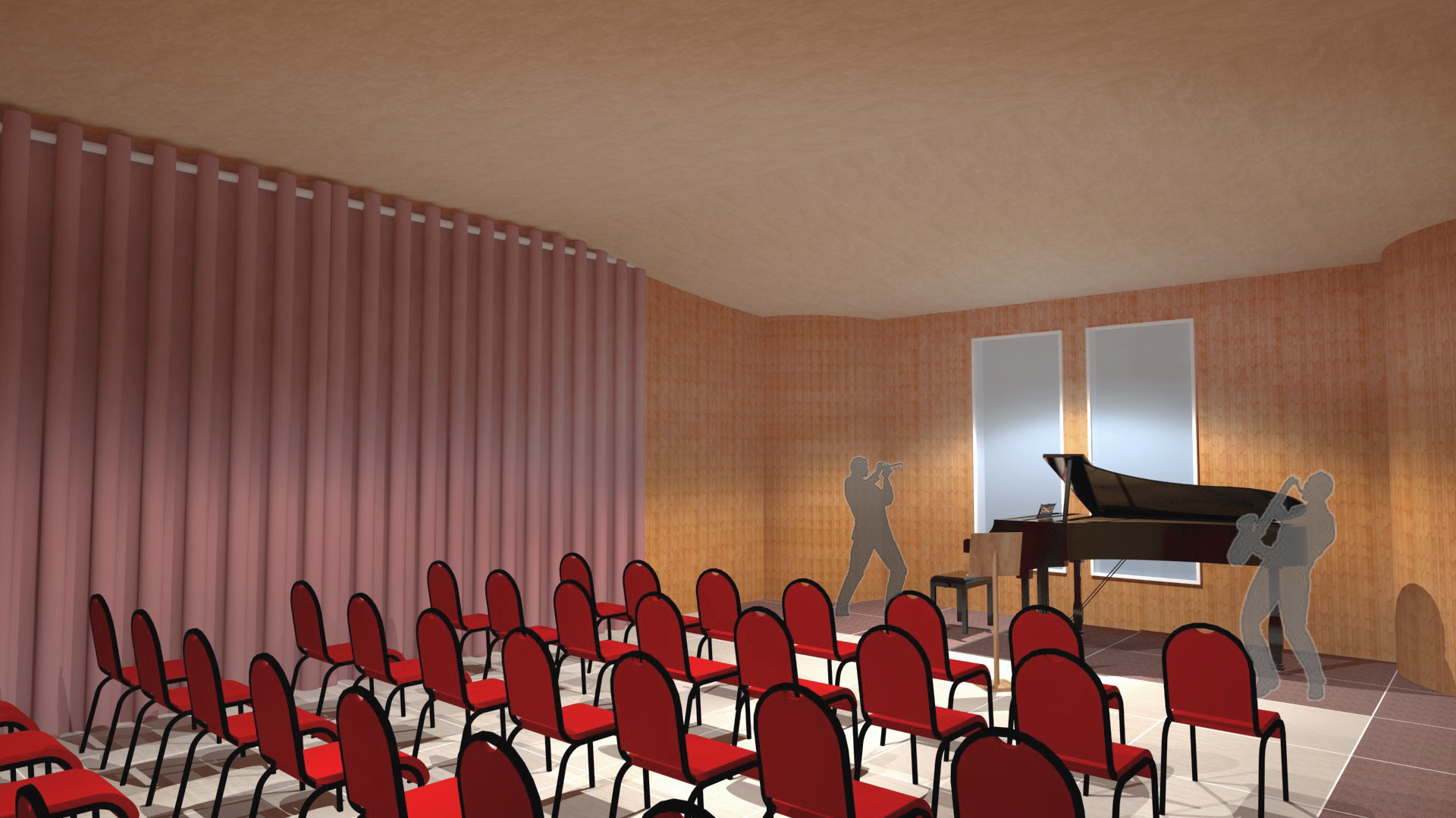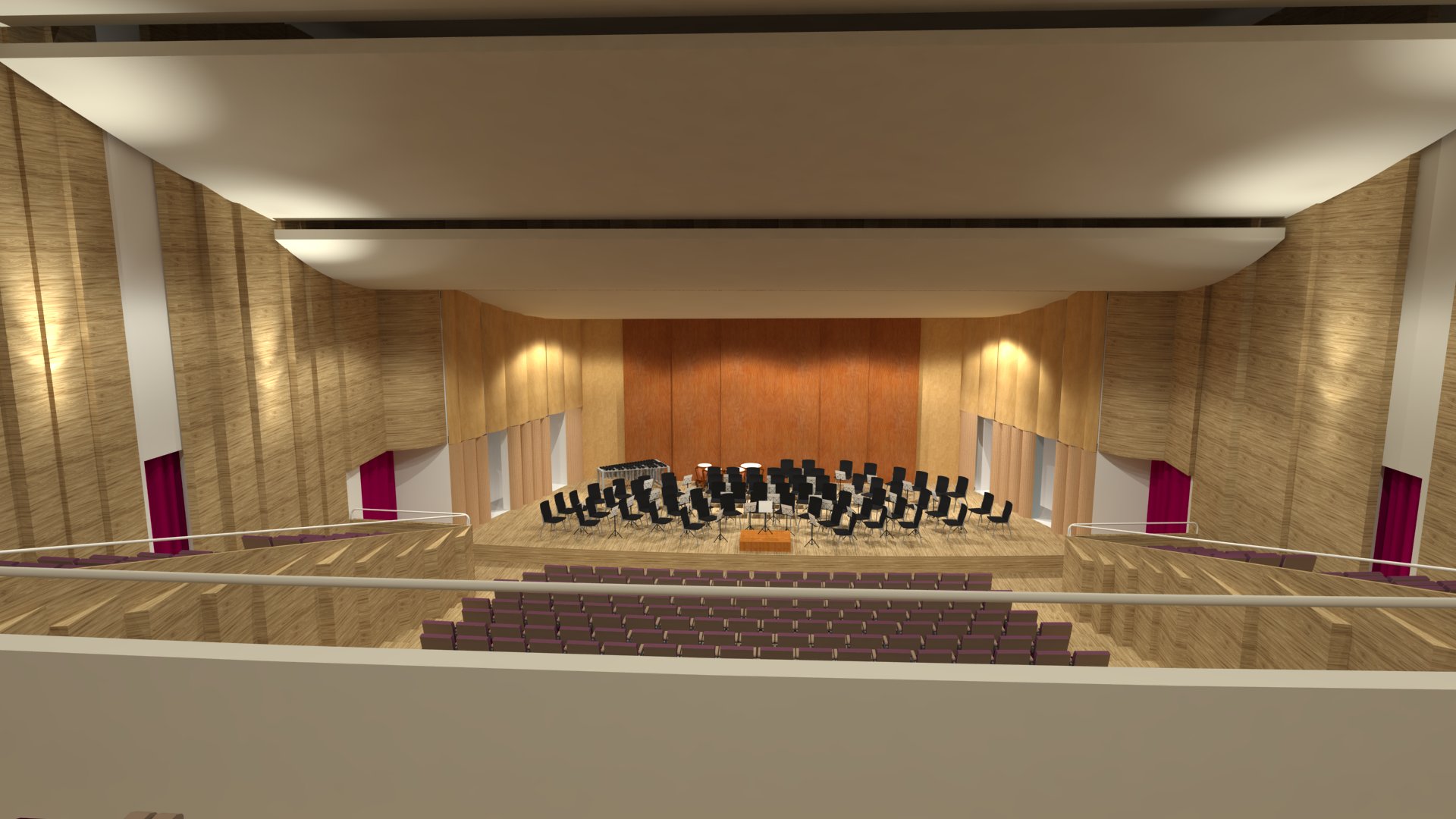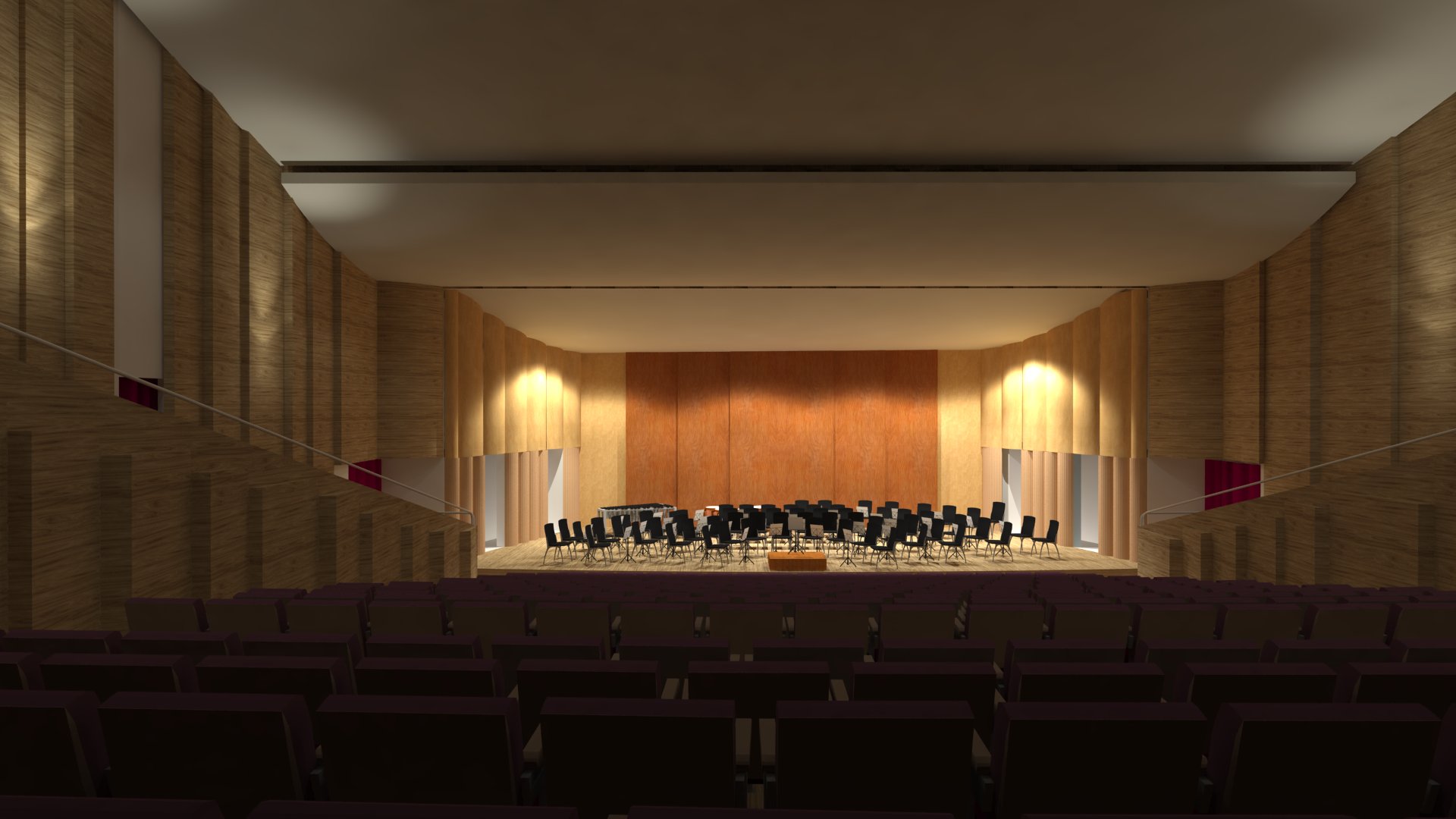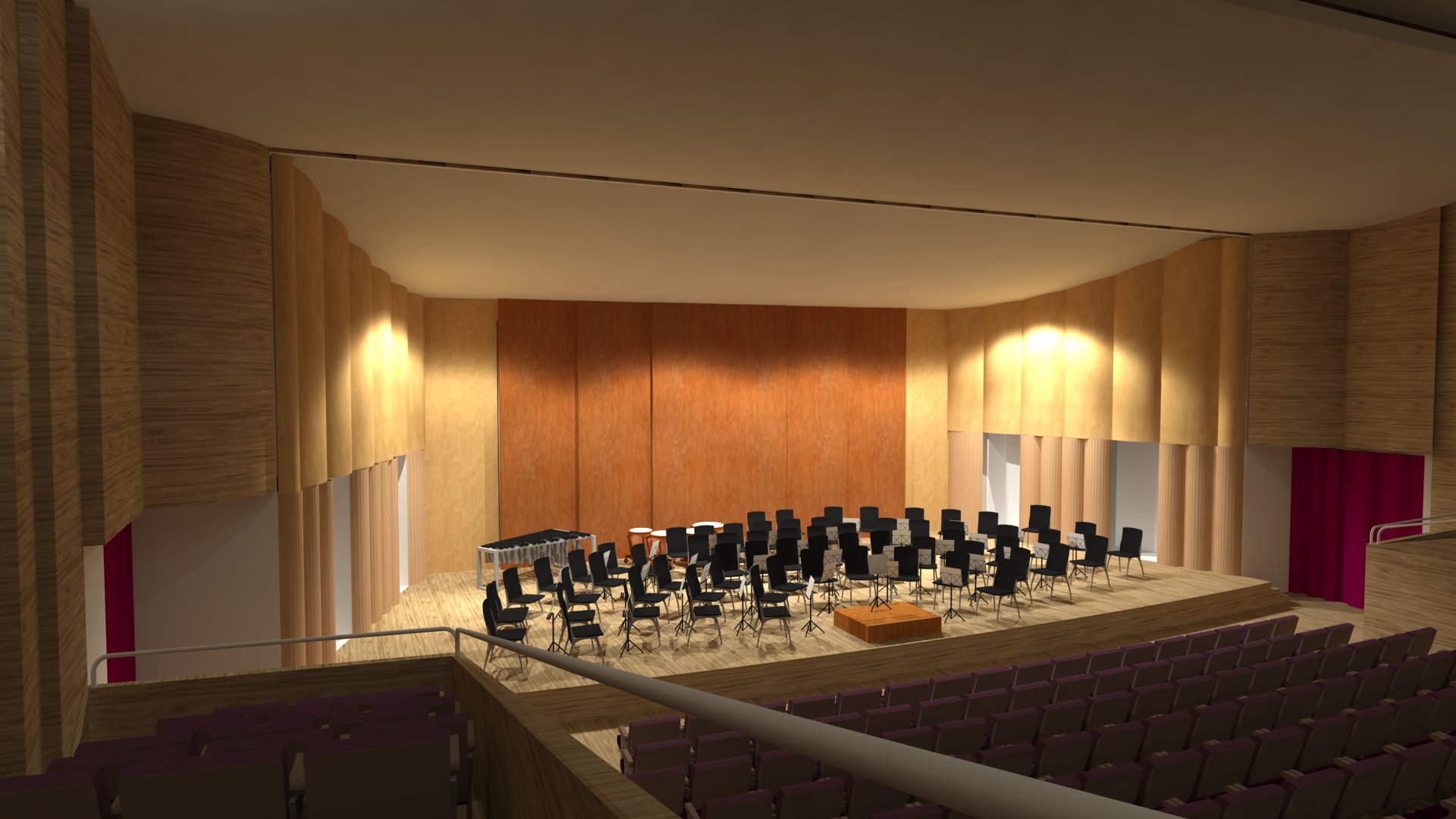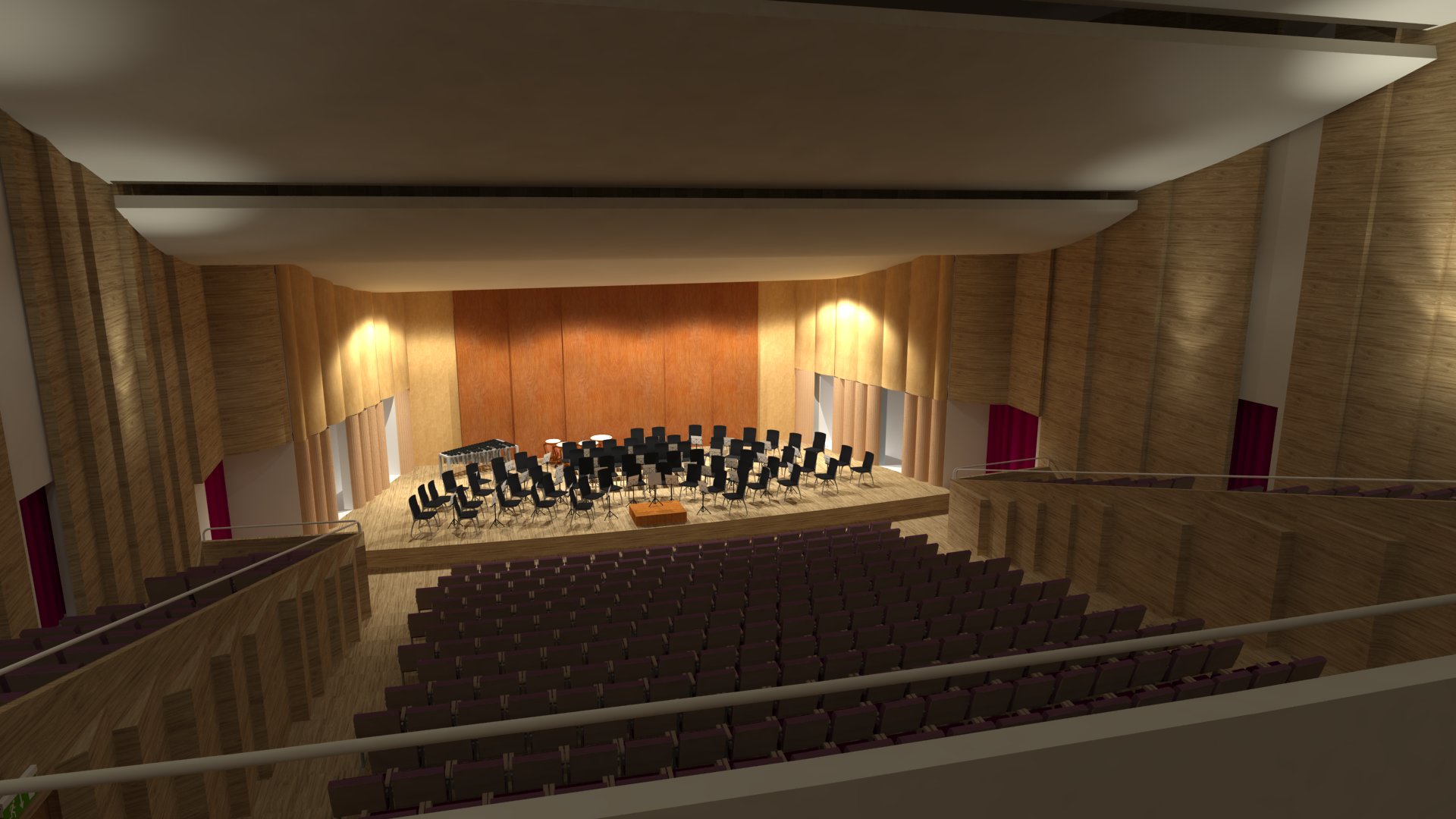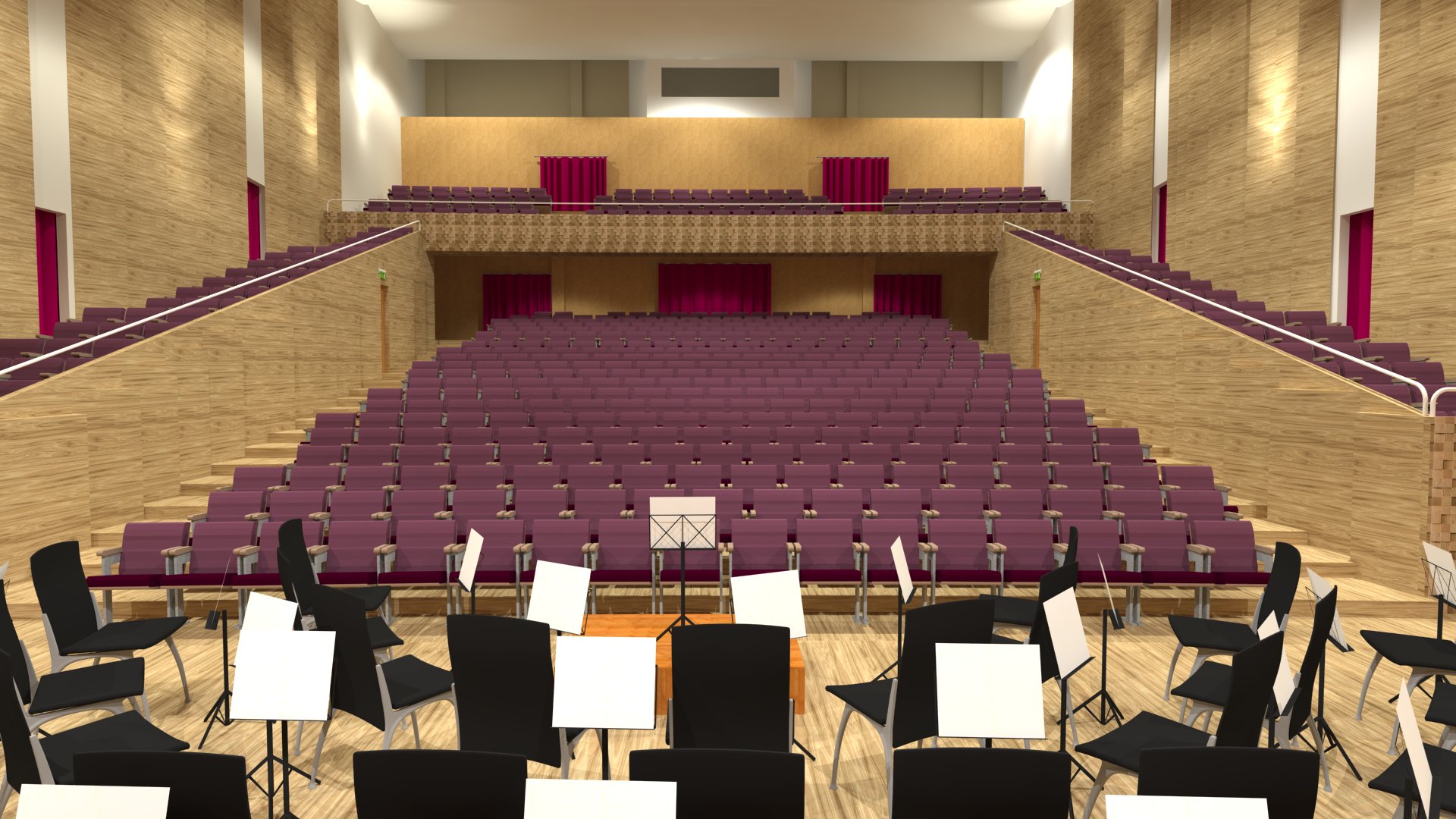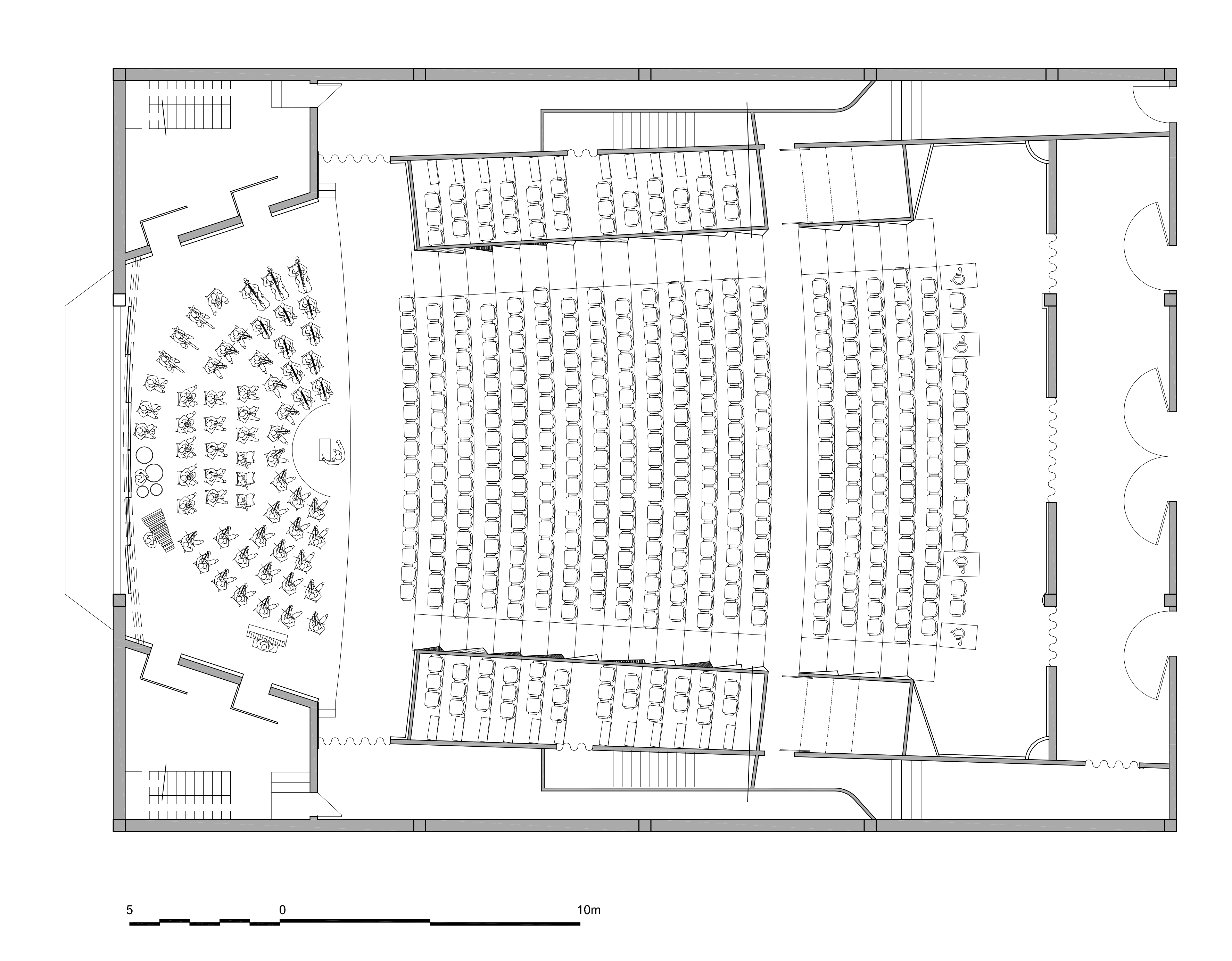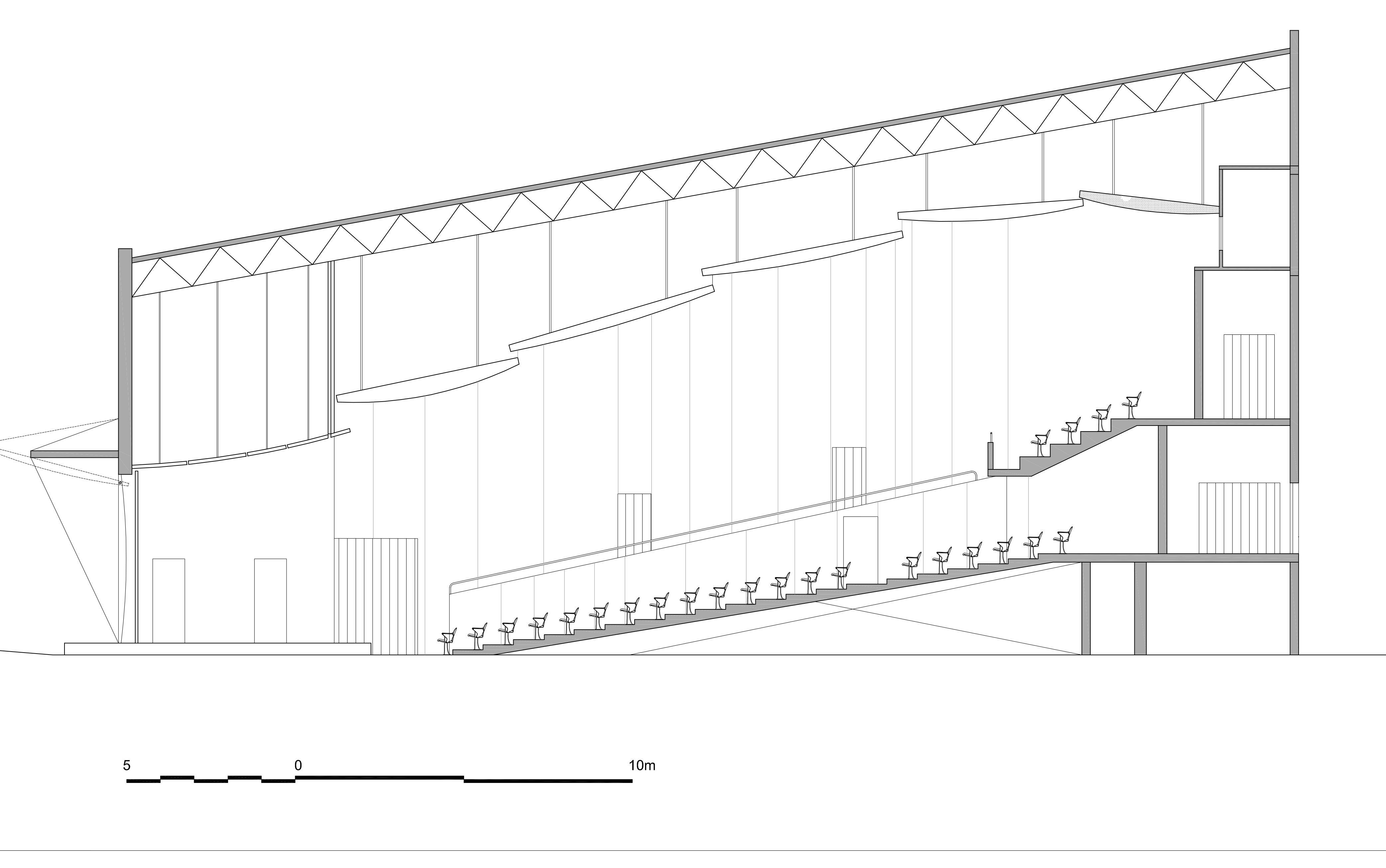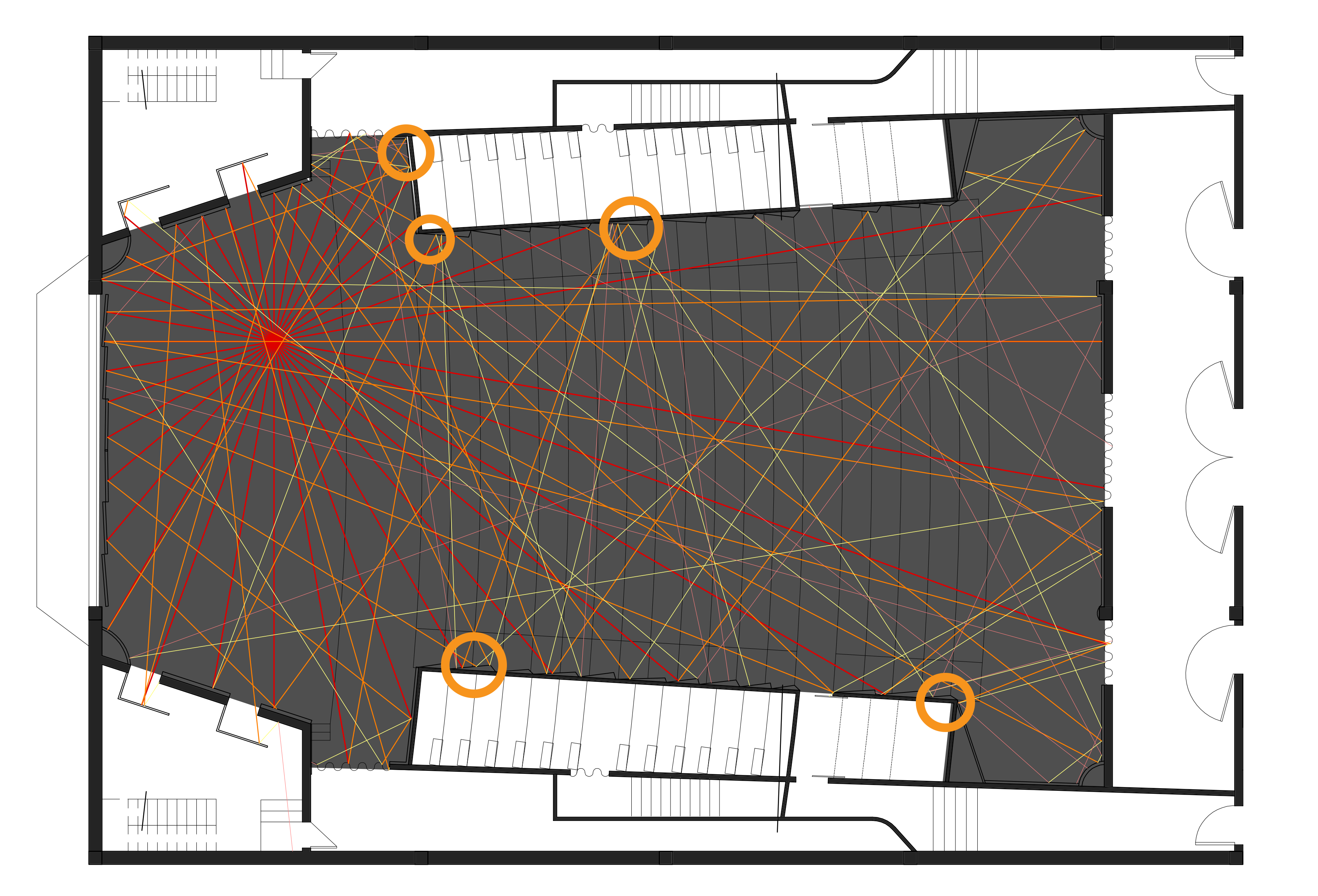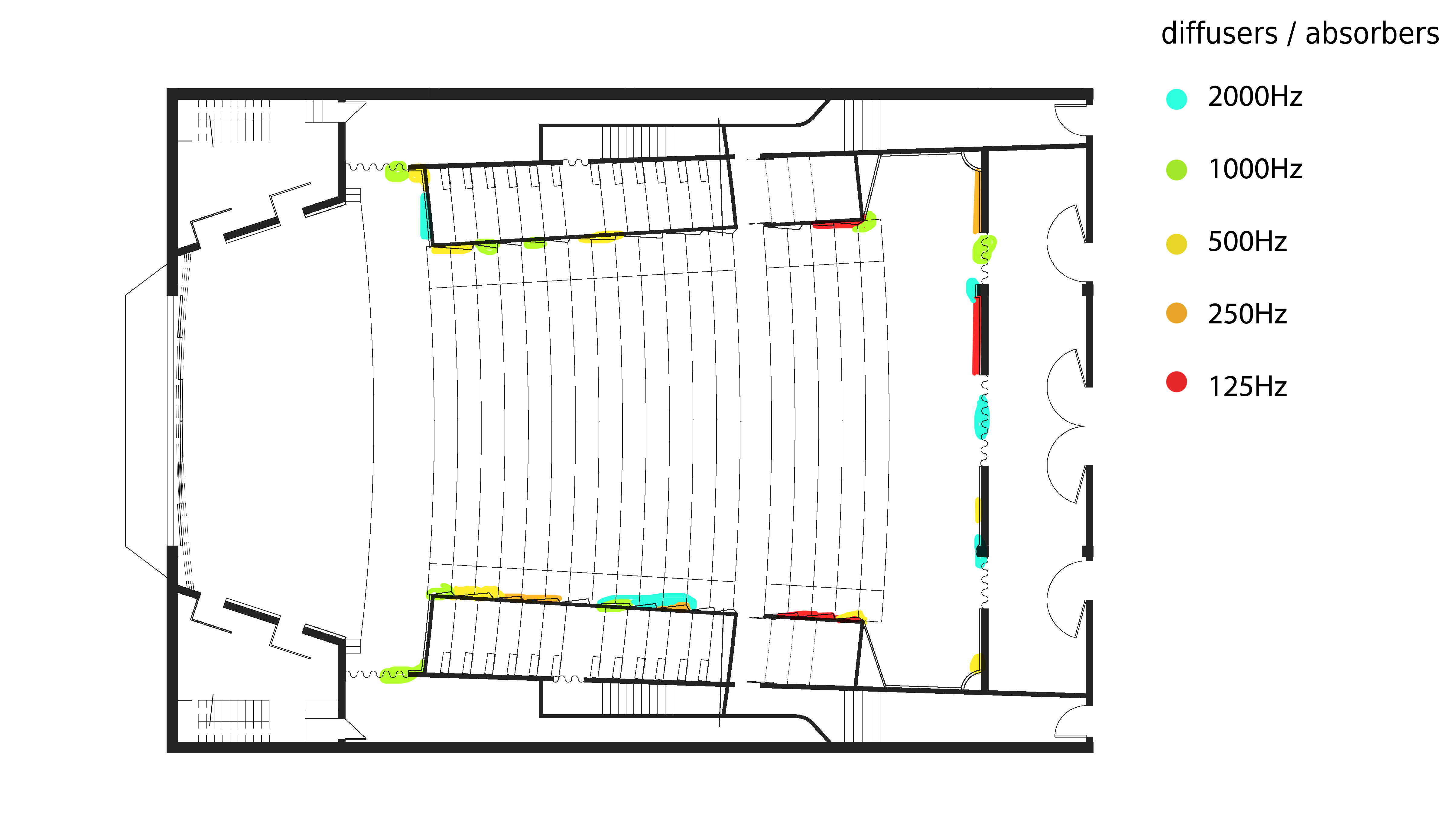History of music teaching in Brazil – a general view
17th century – under the “indian village law” it was ordered that singing should be taught at Jesuit schools: not only religious chanting, but also folk songs from Portugal
1854 – Federal Decree nº 331A – stipulates notions of music and singing in public schools' academical curriculum.
Decade of 1930 – introduction of orpheonic singing classes in schools, following the creation of the Superintendecy of Artistic and Musical Education (SEMA, in portuguese), in Rio de Janeiro, run by Villa-Lobos. Enphasis on the role of music for social objectives and constructing civic awareness. The project was adopted nationwide based on the federal decree nº 19.890 in 1931.
1936 – creation of the Course for Orientation and Perfection in Music Teaching and Orpheonic Singins, by Villa-Lobos, to graduate educators and multiply the practice
1942 – creation of the National Orpheonic Singing Conservatory, to continue work on the forming of teachers and supply for recent national demand
1961 – Law of Basic Guidelines in Education nº 4.024 – structures the discipline of music education in substitution of Villa-Lobos's method. The discipline sought a more accessible music teaching, exploring new resources besides orpheonic singing through rhythmic games using percussion instruments.
1971 – Law of Basic Guidelines in Education nº 5.692 – musical education discipline is banned from school curriculum, introducing instead artistic education, handling the fields of plastic arts, theater, music and drawing. The old professionals of music education, now out of context, had to go back to school and graduate in the recently created major in Artistic Education.
1974 – Created the degree of Artistic Education – the old music teachers had to go back into gradutaion. Few new students specialized in music, and the activity slowly disappeared from most schools' curriculum. Artistic Education, at the time, didn't possess the status of a real discipline in elemental education.
1996 – Federal Law nº 9.394 – the arts are brought back into the obligatory curriculum of elemental schools, however the schedule and number of hours devoted to each specific activity was not stipulated.
2008 – Federal Law nº 11.769 – reinstates music education as an obligatory component in the discipline of artistic education. Schools would have 3 years, as of the promulgation, to update their pedagogical content. It was in important step, but practically impossible to be put into action in such short time, due to the lack of qualified professionals.
Source: AMATO, 2006; CÁRICOL, 2012
Theme Justification
-
The Law of Basic Guidelines in Education, since 2008, establishes the teaching of music as mandatory for elemental schools. However, there are currently not enough qualified teacher to fulfill this demand.

-
Places of entertainement and performing of music, theater and dance in Belo Horizonte are overconcentrated in the central part of the city, making access difficult for people living in the outskirts, due to bus prices and diminishing of bus line services at night.
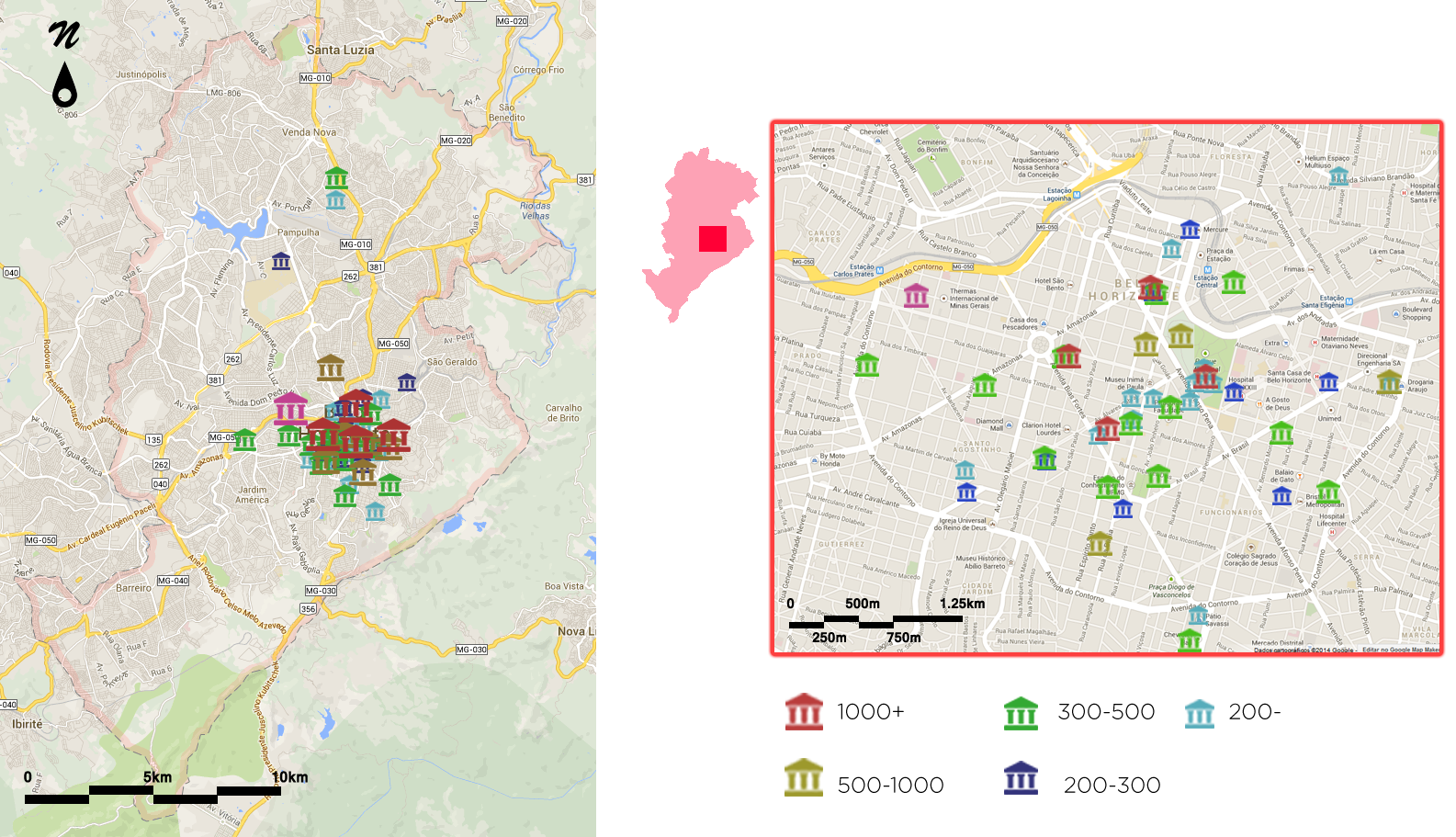
Belo Horizonte – map of theater and performance spaces (2014) by seating capacity
Pedagogic References
El Sistema: national system of orchestras and youth choirs of Venezuela – a project for democratic access to classical music, also used as basis for social transformation of communities.
-
Cariúnas Project: from Belo Horizonte, with head office in the north side of town, offers free music classes and musicalization courses for local students.
-
CMI – Center for Childhood Musicalization: a project offered by graduates and undergrads of the UFMG Music School, offers music lessons, intruments and group practices for local children, including kids of university faculty members. At the same time, serves as a capacitating course for undergraduates, throught internship, to practical teaching of music.
Interviews: Rosa Lúcia Braga – director of the Núcleo Villa-Lobos private music school
Margarida Borghoff – director of the UFMG Conservatory of Music
Pedagogic Program

Instruments offered (by minimal age)
Initial System Design
